Astronomy
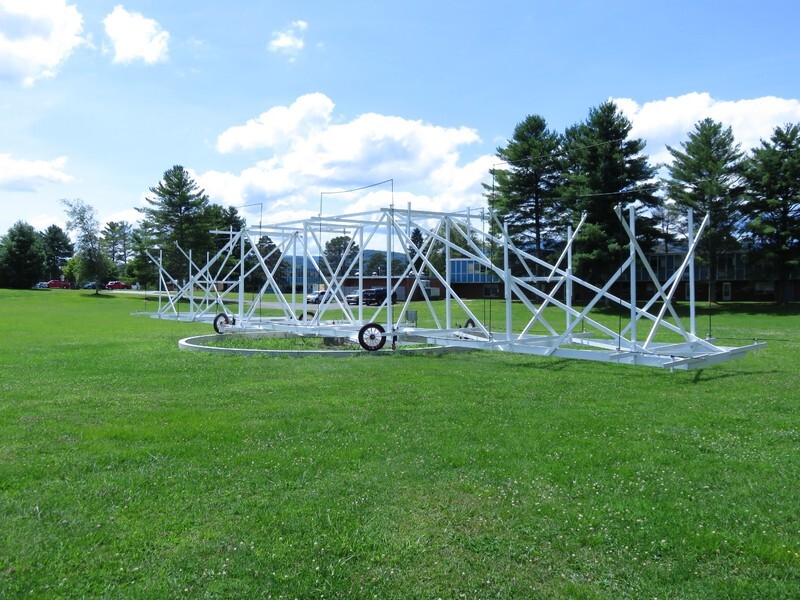
The serendipitous discovery of radio waves coming from beyond the Earth by Karl Jansky in 1932 (his telescope pictured at right) led to the birth of the science of Radio Astronomy. There was a growing demand on engineers to build better radio detectors to suit the desired observations of the radio astronomers. This, in turn, was followed by new discoveries by these scientists using the instruments. The new discoveries motivated the engineers to design bigger and more innovative ways of receiving and grooming the data. This incredible cycle of theory and technology has taken us from slight whispers of radio static to the first picture of a black hole, and the very current buzz over Fast Radio Bursts being detected all over the sky. The image below is the Green Bank Telescope in West Virginia.
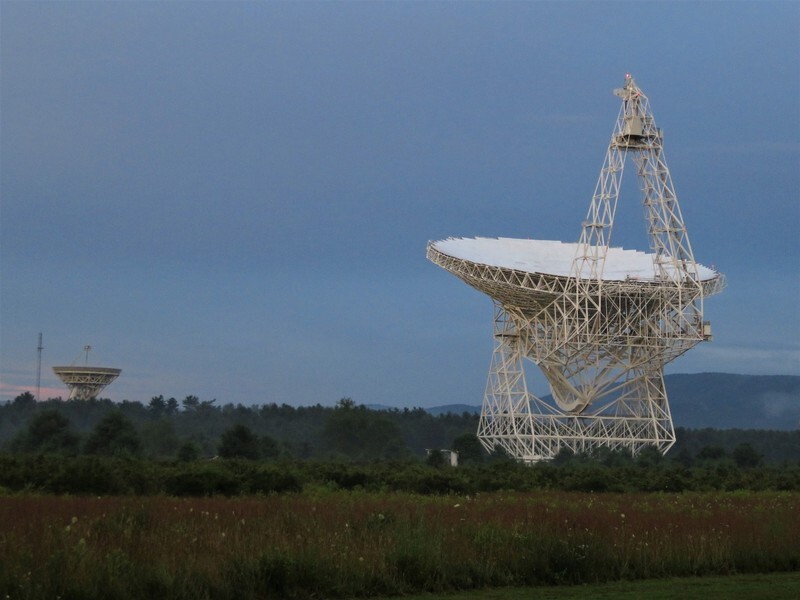
The DSPIRA program truly encompasses the full nature of this symbiotic relationship between Science and Engineering. The fact that YOU can now build a simple radio horn telescope to receive and decipher astronomical radio signals is amazing. The Telescope Hardware and Software Setup Modules on this website takes you through getting the instrument ready.
This Astronomy Module delves into the topics within astronomy that will build a knowledge base to eventually allow the radio horn telescope to be used for some basic observation and research that could be done at the high school level, or for enthusiast hobbyists.
THE ASTRONOMY TOPICS
From a high school or college class perspective, each topic has about one to two weeks of individual lessons within it. They are a combination of class assignments, online interactives, and information videos to give a solid foundation to understanding of radio astronomy. The Topics are reasonably sequential. The “Tools” is an essential starting point. “Earth’s Speed” could be done on its own track. “Milky Way” should be done before “Velocity Curve”. The “Additive Interferometry” investigation involves some additional electronic equipment, but it is a neat demonstration of wave interference.
1. Tools for Observational Astronomy
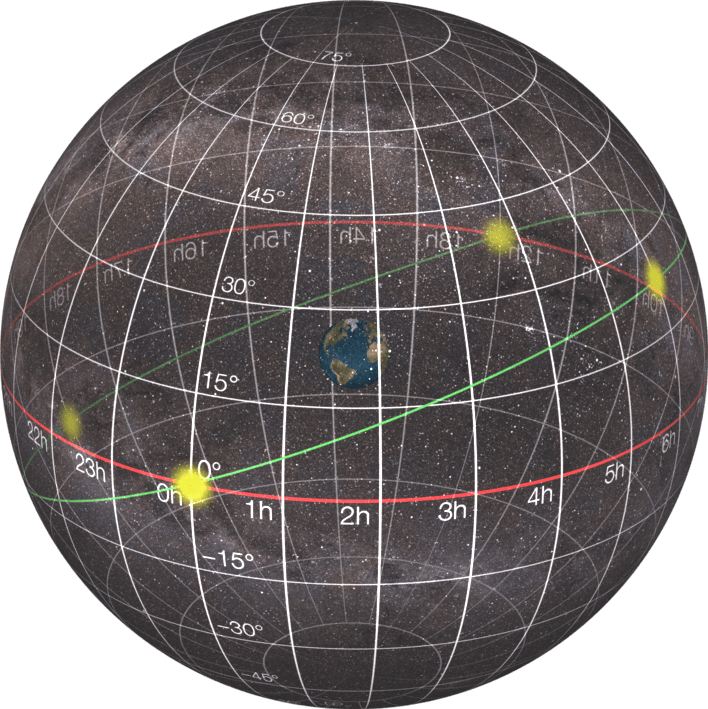 - If you are starting from ground zero in this discipline, then you will need to develop some basic tools, whether it is where to look in your hometown skies, through to understanding what “electromagnetic radiation” is, how “radio” fits and what we can learn from it.
- If you are starting from ground zero in this discipline, then you will need to develop some basic tools, whether it is where to look in your hometown skies, through to understanding what “electromagnetic radiation” is, how “radio” fits and what we can learn from it.
Go to “Basic Tools” Activities
2. Measuring the Earth’s Speed around the Sun
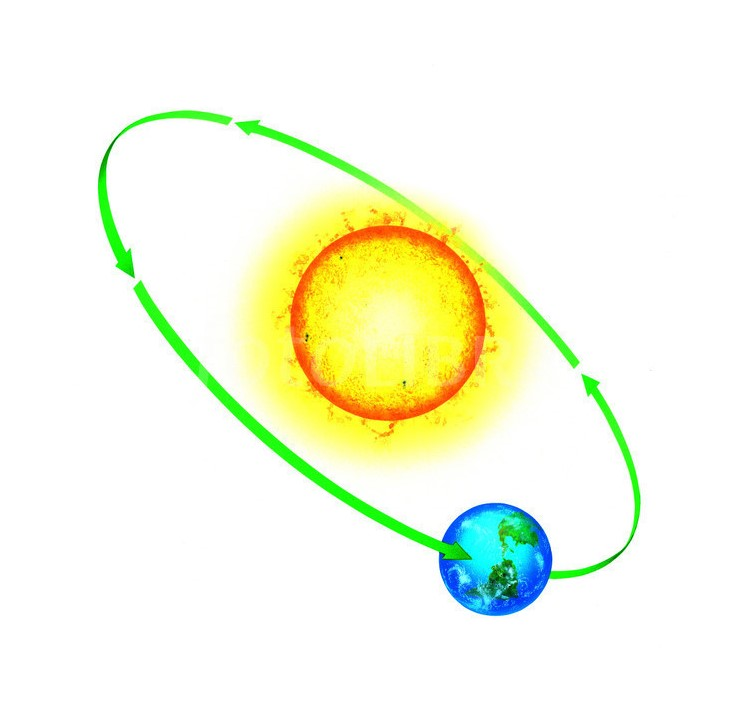 - The contains a traditional physics/astronomy examination of gravity to predict the speed of the Earth around the Sun. It also looks at the Doppler effect for measuring relative radial motion. This all leads to using the radio horn telescope to observationally verify the speed of the Earth around the Sun by using the center of the Milky Way as a reference point.
- The contains a traditional physics/astronomy examination of gravity to predict the speed of the Earth around the Sun. It also looks at the Doppler effect for measuring relative radial motion. This all leads to using the radio horn telescope to observationally verify the speed of the Earth around the Sun by using the center of the Milky Way as a reference point.
Go to “Earth Around Sun” Activities
3. The Milky Way Galaxy
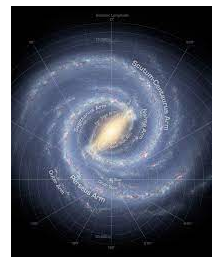 - The radio horn telescope is best at detecting neutral hydrogen in the Milky Way Galaxy. This topic takes on a set of lessons to familiarize you, or your students, with the basic nature of the Milky Way, with emphasis on understanding the rotational aspects of our home galaxy through modeling.
- The radio horn telescope is best at detecting neutral hydrogen in the Milky Way Galaxy. This topic takes on a set of lessons to familiarize you, or your students, with the basic nature of the Milky Way, with emphasis on understanding the rotational aspects of our home galaxy through modeling.
4. Determining a Velocity Curve of the Milky Way Galaxy
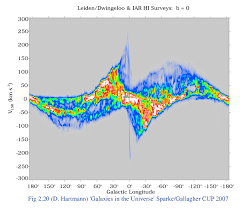
- This is the true culmination of the DSPIRA Program in that the radio horn telescope is constructed and will be used to explore some of the rotational nature of the Milky Way. A rudimentary map of the Milky Way can begin to be constructed from the data from the scope. This can then lead to discussions for the necessity of Dark Matter to account for the velocities being observed.
Go to Velocity Curve Activities
5. Interferometry With Horn Telescopes
The horn telescopes presented in the DSPIRA program can be used for interferometry. The spectra of the additive spectrometer can be interpreted using simple 2-slit diffraction concepts, which can be useful in an educational setting. However, using the horns to do multiplicative interferometry is more complex. Some basic interferometry theory will be presented here as well as methods for interpreting the spectra and possible investigations that can be done with a 2-horn interferometer. A link to a LightWork memo that describes the theory and operation of a simple additive interferometer is included.
All the lessons for Astronomy are listed below:
2023
Interferometry
Basic theory and instructions for operating a 2-horn interferometer
2020
Tools for Observational Astronomy
The Radio Horn works best with the Milky Way, so let's learn about it
Measuring the Earth's Speed around the Sun
This is a multi-activity lesson leading towards measuring the Speed of the Earth around the Sun
The Milky Way Galaxy
The Radio Horn works best with the Milky Way, so let's learn about it
Determining a Velocity Curve of the Milky Way Galaxy
Instructions and handouts for determining a velocity curve of the MWG